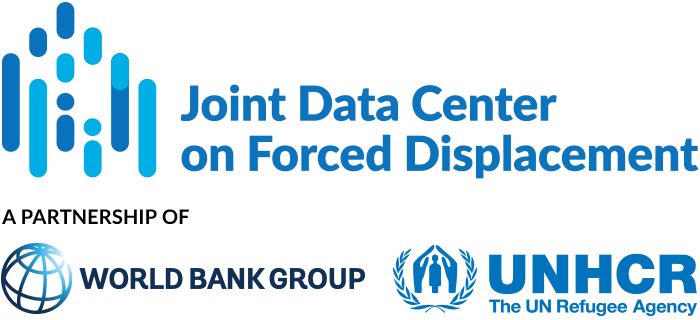Jordan hosts about 1.36 million Syrians, including both registered and unregistered refugees, representing around 15 percent of Jordan’s total population. Approximately 90 percent of Syrians in Jordan are living outside camp settings in urban, peri-urban, and rural...
JDC Literature Review
Targeting humanitarian aid using administrative data: model design and validation
This paper presents the design and validation of an econometric model that uses routinely collected administrative data to target unconditional cash and in-kind assistance to Syrian refugees in Lebanon. The authors compare the prediction accuracy of the proposed model...
Local governance quality and the environmental cost of forced migration
This paper examines whether high-quality local governance can alleviate the environmental impact of large-scale refugee migration to Turkey. In the absence of additional investments in infrastructure and other waste management facilities, a greater population density...
The effect of refugees on native adolescents’ test scores: quasi-experimental evidence from PISA
This paper investigates the impact of Syrian refugees on the school performance of adolescent children in Turkey. Earlier research suggests that immigration may affect native children’s school performance through two main mechanisms that operate in opposite...
How the different policies and school systems affect the inclusion of Syrian refugee children in Sweden, Germany, Greece, Lebanon and Turkey
This article compares how Syrian refugee children are included, or not included, in the educational systems in two Northern European countries (Sweden and Germany), one South European country (Greece) and two neighboring countries of Syria (Turkey and Lebanon). These...
Refugees and ‘Native Flight’ from Public to Private Schools
This paper exploits the large-scale arrival of Syrian refugees into Turkey after 2012 to estimate the impact of refugees on public-private school choice of natives in Turkey. As of the 2017/18 academic year, there were an estimated 970,000 school-age refugee children,...
No Lost Generation: Supporting the School Participation of Displaced Syrian Children in Lebanon
According to the authors, in 2014 there were around 1.5 million Syrian refugees in Lebanon—including 500,000 children of primary school age—out of a total population of 5.9 million. Several policies have been implemented to encourage school attendance including:...
Perceptions About the Labor Market Integration of Refugees: Evidences from Syrian Refugees in Jordan
This article examines the labor market integration of Syrian refugees in Jordan. It describes how labor market integration depends on the alignment of four diverging perspectives: (1) the host state perspective, expressed through policies and laws on refugee...
The economics of the Syrian refugee crisis in neighbouring countries: The case of Lebanon
This paper examines the economic and social impact of the Syrian war and refugee flows on Lebanon. The authors employ a dynamic general equilibrium model to capture forced displacement, discrimination, and segmented labor markets (distinguishing formal and informal...
The Lives and Livelihoods of Syrian Refugees in the Middle East: Evidence from the 2015-16 Surveys of Syrian Refugees and Host Communities in Jordan, Lebanon, and Kurdistan, Iraq
This paper characterizes the displacement and welfare of Syrian refugees living in Jordan (Amman governorate, Za’atari and Azraq camps, and areas surrounding these camps in Mafraq and Zarqa governorates), the Kurdistan Region of Iraq (KRI), and Lebanon. The analysis...


